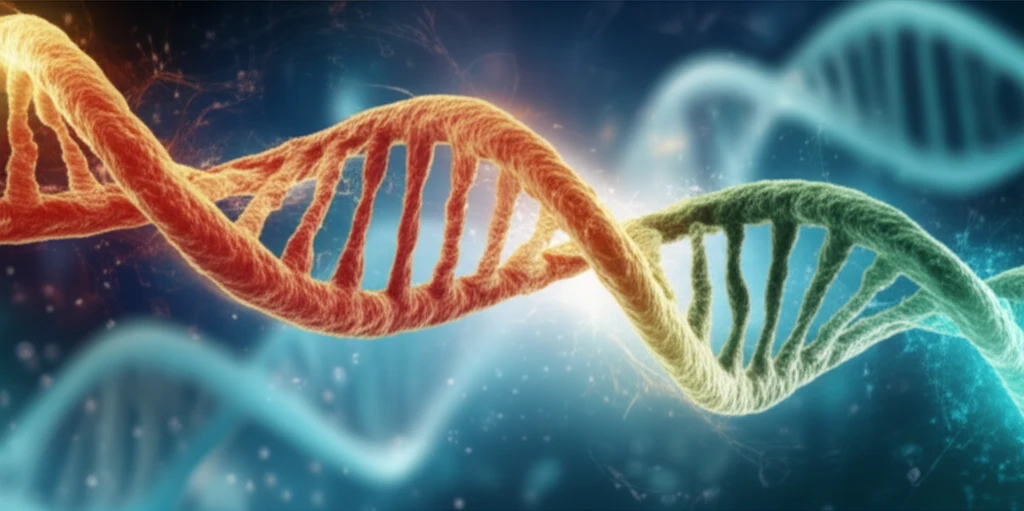
Unlocking Hope: New Insights into Muscular Dystrophy
"Latest research reveals potential therapeutic targets for muscle diseases, offering a beacon of hope for those affected by muscular dystrophy and related conditions."
Muscular dystrophy (MD), a category of genetic diseases, is characterized by progressive muscle weakness and degeneration. Affecting individuals worldwide across all races, the incidence of MD varies among different forms. However, muscle loss isn't always due to genetic alterations; factors like inactivity, denervation, cancer, and malnutrition can also lead to skeletal muscle mass loss.
Researchers have identified numerous genes directly or indirectly involved in muscle wasting. Studies using human and animal models have significantly enhanced our understanding of the molecular mechanisms behind muscle degeneration. Yet, these insights remain insufficient for developing truly effective therapies. Therefore, a more precise understanding of these mechanisms is crucial for creating therapeutic interventions for muscular dystrophies and general skeletal muscle loss.
This article highlights key studies that explore molecular mechanisms and aim to identify therapeutic targets for muscle diseases. It delves into cellular and molecular processes, the activation of signaling pathways, and how these pathways lead to muscle dysfunction and disease symptoms.
Decoding the Mechanisms: Key Studies in Muscular Dystrophy Research

Several recent studies offer important new insights into the complex processes underlying muscular dystrophy and related muscle disorders. These studies range from investigating inflammation and nutrition in Duchenne muscular dystrophy (DMD) patients to exploring the role of specific proteins and signaling pathways in muscle degeneration.
- TGFβ1 and Muscle Atrophy: A study by E. Guadagnin et al. sheds light on the role of transforming growth factor beta 1 (TGFβ1) in skeletal muscles. TGFβ1, a key player in muscle atrophy and endomysial fibrosis, can induce Tyr705 phosphorylation of STAT3 in muscle cells. Elevated pSTAT3 (Tyr705) levels lead to severe phenotypes in transgenic TGFβ1 mice.
- Inflammation and DMD: O. R. Cruz-Guzman et al. found that chronic inflammation in DMD patients may correlate with muscle function or obesity. The study evaluated the association between systemic inflammation, muscle function, and nutritional status in DMD patients, revealing that systemic inflammation is increased in patients with better muscle function but decreases in those with poorer muscle function.
- Dystroglycan's Role: Dystroglycan (DG), highly expressed in skeletal muscle, acts as an extracellular matrix receptor. Mutations in DG complex components cause several muscular dystrophies. Sciandra et al. published a review focused on animal models, conditional DG knockout, and knock-in mice to study DG function in skeletal muscle and other tissues.
Looking Ahead: The Future of Muscular Dystrophy Research
The articles highlighted here provide new insights into the pathophysiology and therapeutic target identification of skeletal muscle diseases. As our understanding of these diseases improves, new findings will enrich current knowledge, ultimately helping to develop more effective therapies. By continuing to unravel the complexities of muscle diseases, researchers are paving the way for innovative treatments that can improve the lives of those affected.
